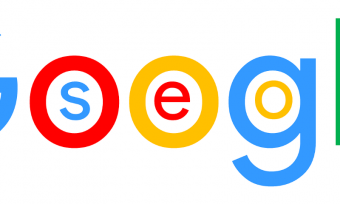SEO – Search Engine Optimization drives business across all industries around the world, whether you are a small business owner or run a huge corporation. To increase the profit, you will have to attract as many customers as you can, and by producing high-quality content, you can optimize your webpages to get on top of search results.
Page Title
The first thing people look at is the title. A good blog post title makes your article more relevant to the search query. More importantly, it motivates the users to click on your article.
We recommend you to create some catchy or dramatic headlines to catch people’s attention, however, you still need to add keywords in the title to have the best result.
Meta Description
Like the title, meta description plays a vital role when posting a blog. It is like a mini summary for the whole blog and gives readers a brief look at the content. An ideal meta description has a limit of character is 150 and also mentions keywords.
Keep in mind these items show up in search results. An user might decide whether to click on your page based on these short sections alone. That’s a lot of power for so few words. Make sure they’re impactful.
Short, Descriptive URLs
When it comes to on-page SEO, there are a few non-technical techniques to improve your SEO efforts. For example, how you arrange your content’s URLs can enhance your SEO rankings, and it’s quite simple to accomplish for someone new to SEO.
An effective URL should:
- Use keywords: Your URL should contain one or more keywords you’re targeting.
- Be simple to comprehend: It should cater to the human eye and make it easy for readers to quickly understand what the webpage is about.
- Be concise: Shorter URLs are preferable. Keep them around 60 characters. Many search engines can’t process longer URLs, which can push you further down the results page.
Rank Feature Snippets
When it comes to search engine results pages (SERPs), Google’s Featured Snippets is a highly sought-after location that all digital marketers want to achieve. Google has been trying to answer user questions as quickly as possible. As part of this effort, they have introduced the featured result or answer box. To get to this position, you must optimize your material in a specific way.
Featured Snippets show at the top of Google search results and have a high chance of receiving a large amount of organic traffic. To become more attractive, you will have to choose something that compels internet users to actually click the link. Mind your keywords used in the Feature Snippets
Category and Tag to organize content
Like a book, a category is a table of contents and tags will be the index part. Categories are used to divide your content into major topics discussed on your blog. Tags, on the other hand, are the topics discussed in an individual blog post.
Category and Tag help the readers and search engines to find their important information easier, instead of reading the whole blog; however, having multiple categories won’t benefit your SEO. You should only assign posts to multiple categories if it makes the most sense for your readers.
Here are some mistakes that people may have when posting a blog. Check it out to have the most effective result.
Learn How To Write A SEO-friendly Blog Post
If you find writing a post is difficult to master, why won’t you join a class right now to become a professional writer in SEO.
Attending this class, you will be able to
- Complete SEO Content Writing Process with many different types and formats (SEO-friendly Blog, Article, and Webpage Content Writing, … )
- Access to more than 28 Content Writing Tools
- Learn more tips to add value to your content, and things you should never do in content writing.
This course walks you through the entire process of writing SEO content for websites, webpages, blogs, articles, whitepapers, manuals, infographics, and more. It also explains how to develop a traffic-generating blog or article using a variety of styles, including How-To, What/Why/Who, Listicle, Pillar Page, and Newsjacking.
This SEO writing content course of Udemy will teach students how to write SEO-friendly content that will be highly ranked by search engines. It also includes a list of things to avoid when writing SEO content. You’ll learn how to add value to your final copy by following these steps. You’ll look at tools that will make it easier for you to write content, headlines, and proofread.
 Install Studocu Chrome Extension
Install Studocu Chrome Extension








